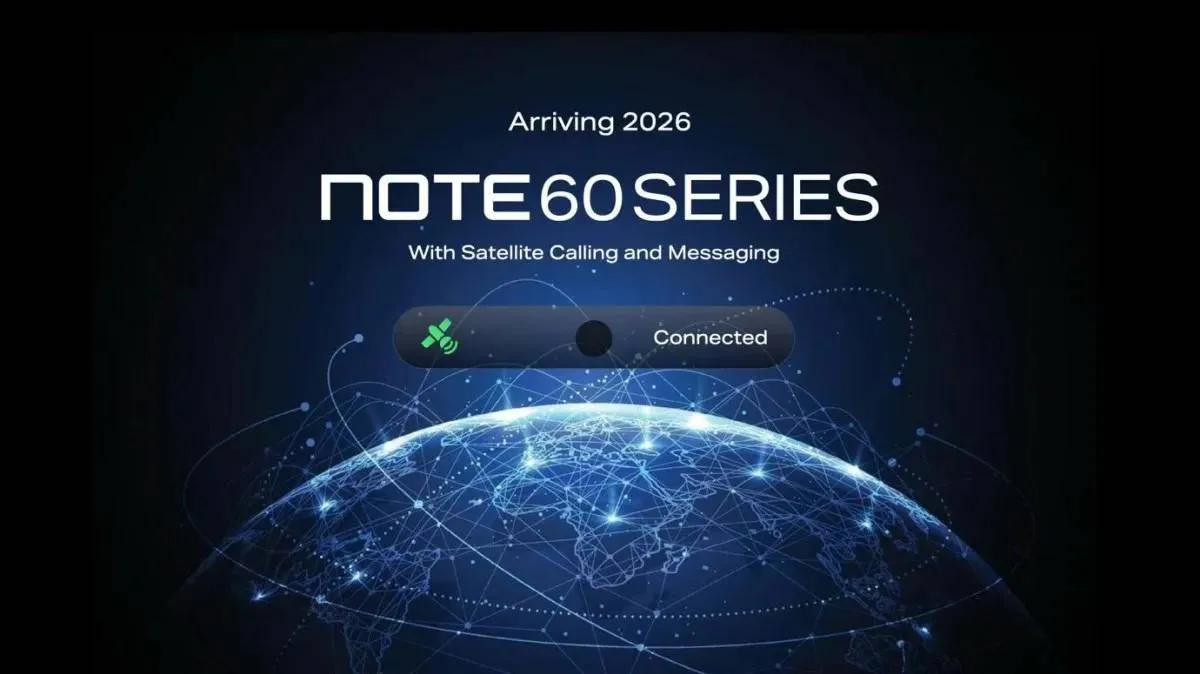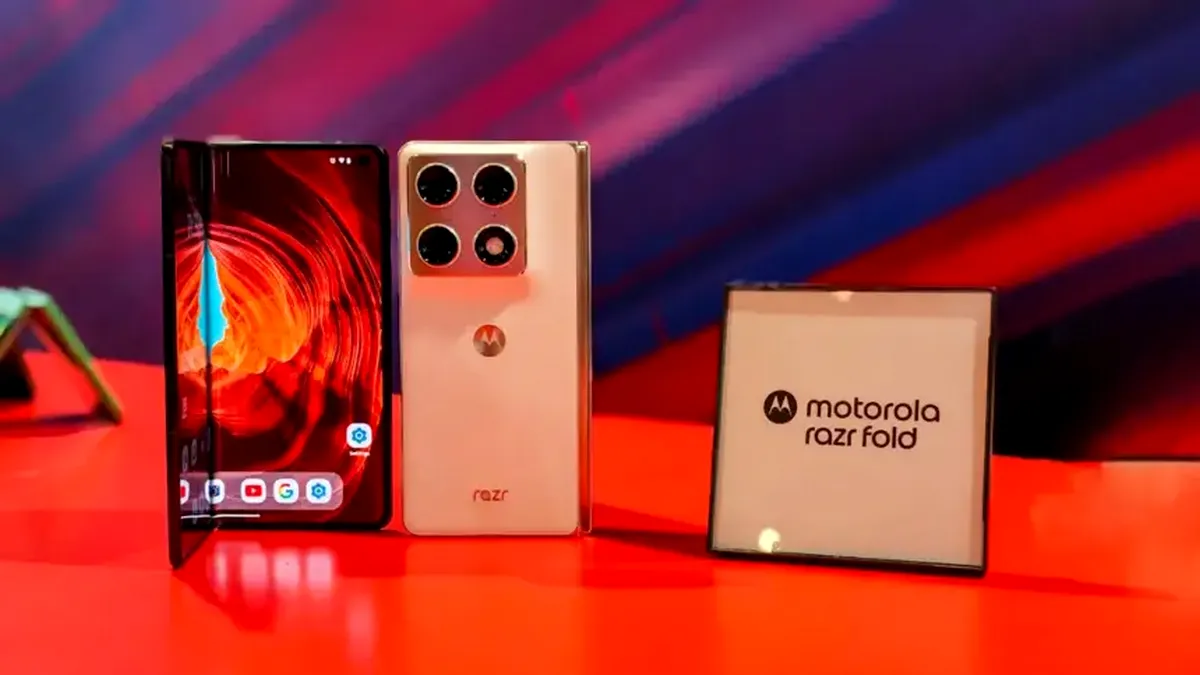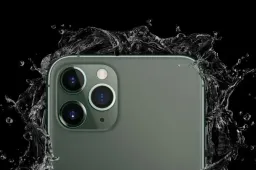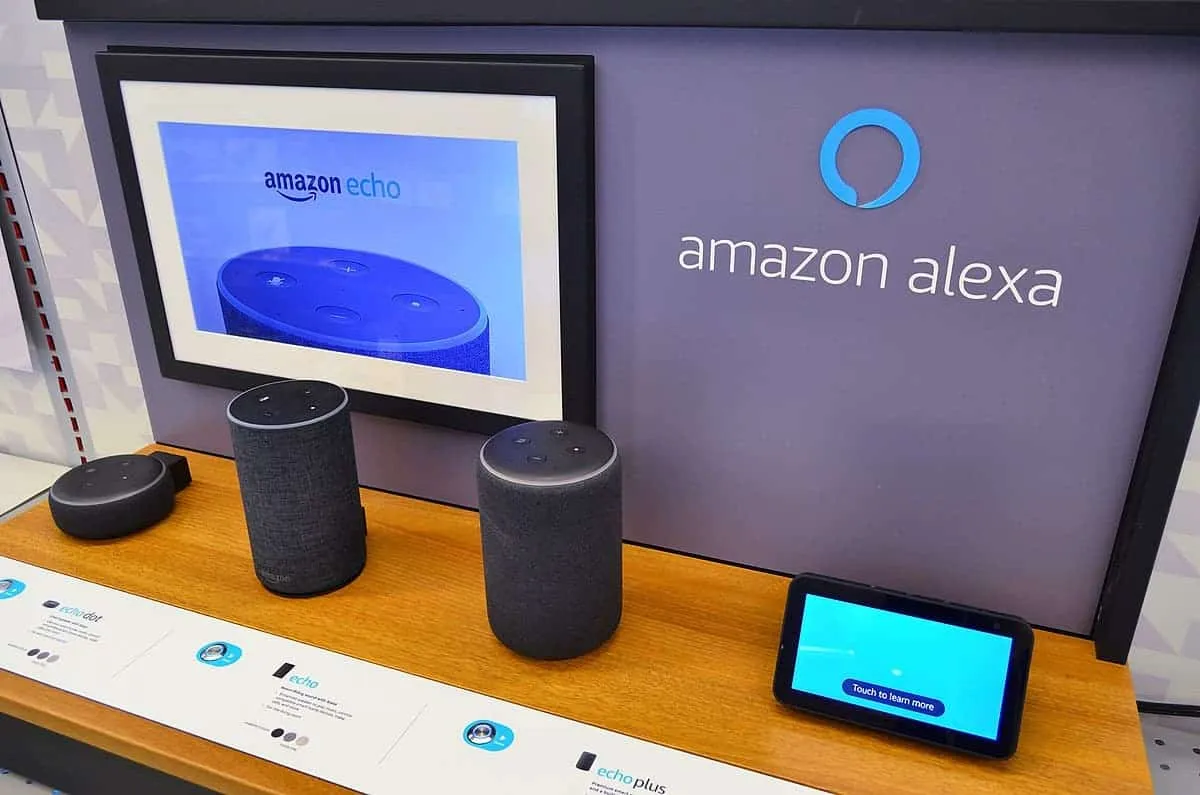
Amazon is reportedly planning to charge for a revamped version of Alexa powered by artificial intelligence, marking a major shift for the digital assistant that’s been free for a decade. The new subscription service could cost up to $10 a month and offer enhanced features like personalized recipe suggestions based on dietary needs and AI-generated news summaries.
What We Know About the Paid Version of Alexa
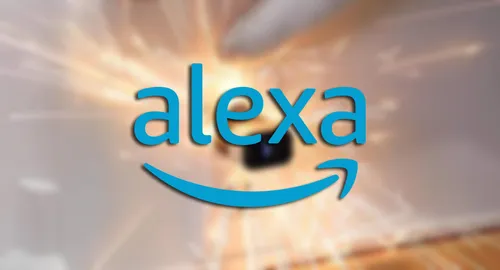
According to a report by Caroline O’Donovan, the new Alexa service is expected to launch in October. Users will still be able to use the existing version of Alexa for free, but the subscription option will add new capabilities. For example, it will suggest meal ideas tailored to your family’s dietary restrictions and provide AI-generated summaries of news stories, making it a more helpful household companion.
Amazon has a long history of offering various subscriptions like Amazon Prime, but it has never charged directly for Alexa. Most people access Alexa through Amazon Echo speakers or other compatible devices, and until now, they haven’t had to pay for the voice assistant itself. Introducing a paid tier for Alexa is a notable change and reflects a broader trend in technology where companies are pushing subscriptions for services that were once free.
The Rise of Subscription Fees in Tech
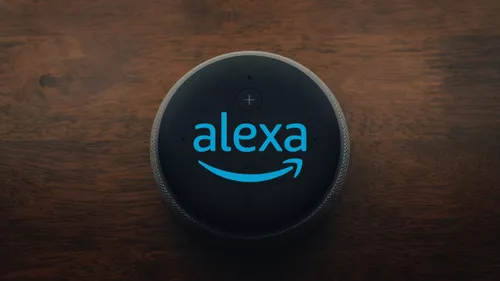
Amazon’s move is part of a growing trend where companies charge for features that used to be included at no additional cost. We’re seeing this shift across many platforms, from dating apps to printer ink subscriptions. Even big tech companies like Google charge extra for premium services like additional digital storage.
Technology analysts have speculated that other major players, like Apple and Samsung, might also introduce subscriptions for advanced AI features in the future. While these companies haven’t confirmed any such plans, it’s clear that the tech world is embracing the subscription model as a way to generate more revenue.
Why Digital Assistants Haven’t Lived Up to the Hype
Digital assistants like Alexa, Siri, and Google Assistant promised to revolutionize how we interact with technology, but they’ve mostly fallen short of those expectations. Even though millions of people use them daily, the majority rely on these assistants for simple tasks like playing music, checking the weather, or setting reminders.
A survey by Consumer Intelligence Research Partners found that about two-thirds of Alexa users operate their devices a few times a week, but most of these interactions are basic. Few people use Alexa for more complex tasks like controlling smart home devices or shopping on Amazon. This limited usage could make it challenging for Amazon to convince users to pay for a more advanced version of Alexa.
In the early 2010s, many tech companies predicted that digital assistants would become as indispensable as smartphones. But instead, the assistants were often less capable than promised, and many users found it easier to type or tap rather than voice their commands. Now, Amazon is betting that an AI-powered Alexa could finally deliver on those early promises, but it remains to be seen whether users are willing to pay for it.
AI Overhauls and Subscription Services
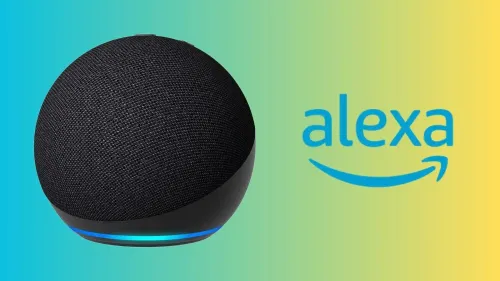
The new AI-overhauled Alexa will be built on a different technology from the current version. Other companies, like Apple and Google, have also been enhancing their assistants with AI. Google’s Assistant has largely been replaced by the Gemini chatbot, and Apple’s Siri could also see AI enhancements in the future, although some features won’t be available until at least 2025.
While Amazon’s move isn't yet on the market, it’s part of a broader trend where companies are introducing more sophisticated AI tools. Whether consumers want these advanced features—or are willing to pay for them—is still an open question. Digital assistants largely help in basic interactions, and shifting those habits could prove difficult.
Other AI Helpers Already Charging Fees
Here's the rewritten text:
If you don't want to pay for a smarter Alexa, think about other AI tools that cost money. ChatGPT is one example. It has a free version, but you can pay $20 a month for a better version. Many people have signed up for ChatGPT.
The Washington Post has about 2.5 million people who pay for it. Snapchat Plus costs $3.99 a month and has 11 million users. Netflix costs money and has 278 million users. Google has a $19.99 plan for better AI features, but you don't have to pay for its Gemini chatbot.
Many companies are now charging for AI features. This is a new trend. It will be interesting to see if people are willing to pay for these features.
Amazon will be the first to charge directly for an AI-powered successor to a widely used digital assistant. This move could set a precedent, prompting other companies to explore similar subscriptions.
Is the New Alexa Worth the Price?
The decision to pay for a smarter Alexa ultimately rests with consumers. As AI continues to advance and companies capitalize on its potential, we're seeing a growing trend of paid features that were once free. While Amazon hasn't disclosed the specifics of its AI Alexa subscription, it's clear that this model is becoming more prevalent in the tech industry.
People are now paying for things that used to be free. This is happening with AI. You used to get good AI for free, but now you might have to pay for it.
It's important to think about whether these new features are worth the cost. If people pay for AI, it will help make AI even better. But if people don't want to pay, AI might not get better as fast. The future of AI depends on whether people are willing to pay for it.
Ultimately, the future of digital assistants and other AI-driven technologies will depend on consumer acceptance of this new paradigm.
Loading


